DS#6 - "Vienne river" (France)
This page is also available in French ![]()

Location
"Vienne river" (France)
The demonstration site, the Vienne River basin, is located in the central part of France. It concerns a rural/agricultural area (biogeographical type: Atlantic) with an approximate area of 10742km2. The NBS implementation will take place in at least 7 sites.
- Site 1: 1 water bodies to remove
- Site 2: 4 water body to remove
- Site 3: peatland to be restored
- Site 4: 1 water body to remove
- Site 5: 1 water body to remove
- Site 6: 2 water body to remove
- Site 7: 1 ancient water body to remove
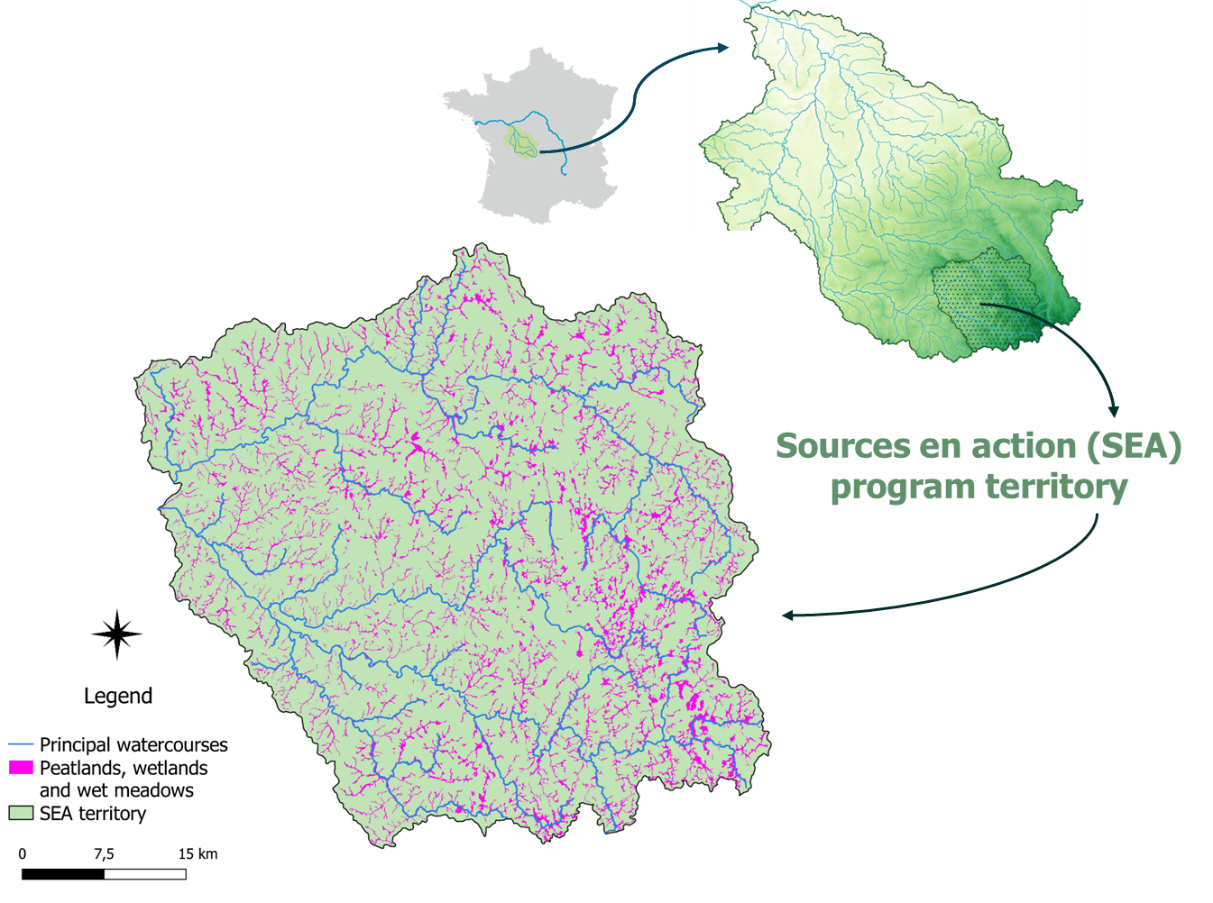
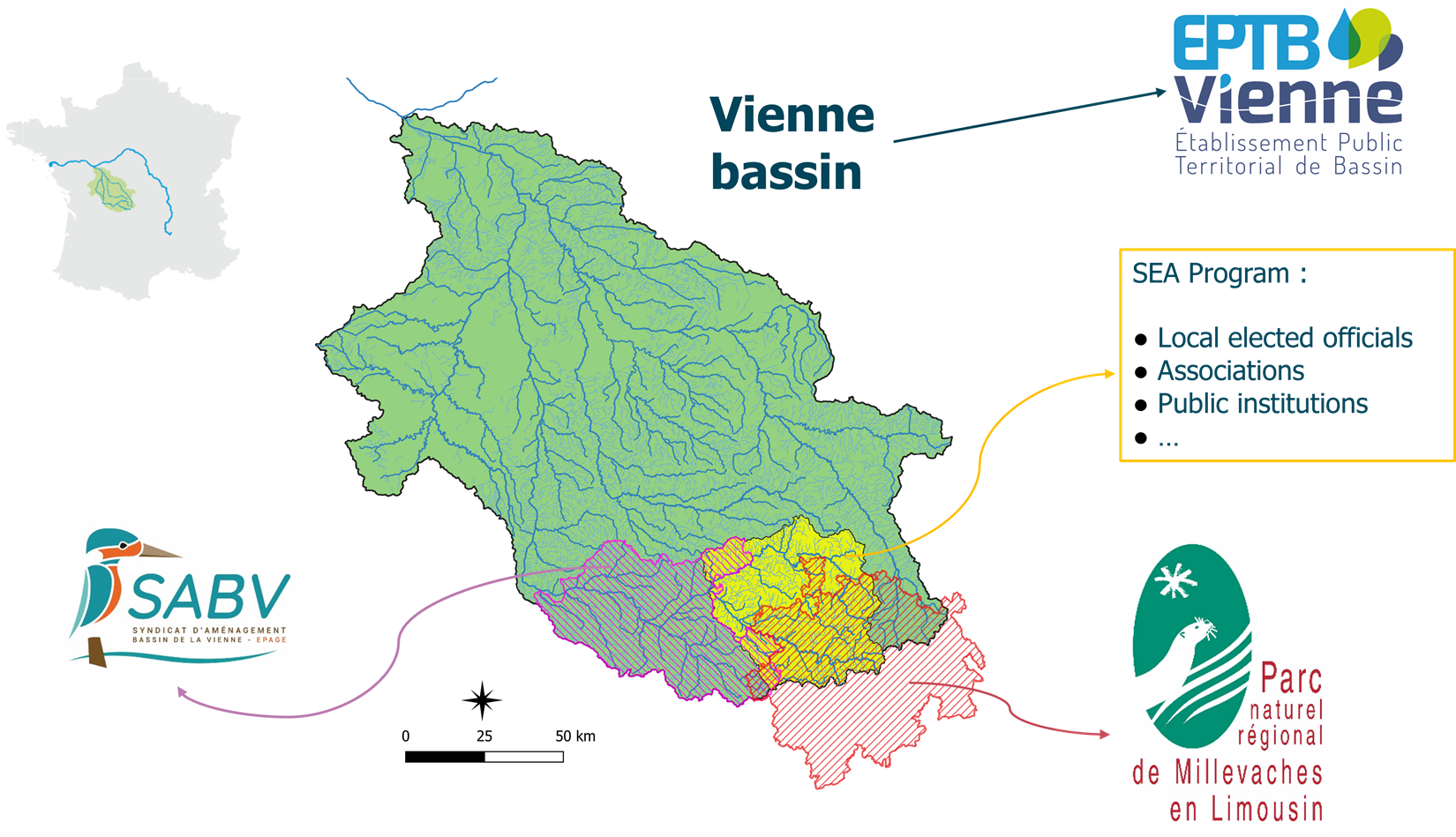
© EPTBV, made with QGIS

Description of the area
DS#6 is located in France, in the Nouvelle-Aquitaine region. It is made up of several sites – currently seven have been identified – that are spread across the Vienne River basin, a tributary of the Loire. The sites are located at the head of the Vienne upstream watershed, an area since 2011 involved in a program for the conservation and restoration of aquatic environments (“Sources en actions”). This programme brings together several local players, including EPTB Vienne, PNR Millevaches and SABV, who have joined forces within the NATALIE project to form the DS#6.
In a nutshell:
- Area of SEA territory: 2181 km²
- 50 % of surface covered by woodland
- 45 % of agricultural aera (breeding land)
- Wetlands : 10 % of the territory’s surface
- About 1,000 ponds in the SEA area
- Low density population (21 hab/km²)

Climatic Challenges
In 65 years, average temperatures in the Vienne River basin have increased by 1.86°C. This trend continues and climate scenarios predict between 2.6°C (RCP 4.5) and 5.1°C (RCP 8.5) of warming by 2100 compared to the 1951-2016 average. This increase of temperatures leads to an increase of evaporation, which impacts the flow of waterways, particularly during the summer period. This phenomenon is massively amplified by the presence of numerous artificial bodies of water (from 3000 in the 60s to 24,500 today in the Vienne River basin) built in the middle of the riverbeds and whose stagnant water heats up, thereby causing water eutrophication. Modelling on the Vienne River basin indicates a significant drop in flow rates (up to minus 50%) in progress and in the future, endangering biodiversity and water uses.
In addition, water bodies were dug in place of wetlands, rich ecosystems which play an important role in regulating hydrological flows. These artificial water bodies are not the only threat to wetlands, since many are drained to plant coniferous trees, cultivate the land or feed livestock. Drained wetlands can no longer ensure their ecological functions, including their hydrological functions, which aggravates water flow problems.

Planned activities
In DS#6, three types of NBS will be implemented and monitored; (1) removal of artificial water bodies (ponds) in the beds of watercourses, (2) removal of drains in wetlands and (3) restoration of riparian forest by cutting coniferous trees and planting species adapted to humid environments. These NBSs will benefit from a scientific monitoring covering several aspects such as hydrology, pedology, geomorphology, biodiversity, etc. DS#6 partners will be supported in their actions by stakeholders involved in the SEA programme, who will be able to share their knowledge, give advice, follow operations, etc. These exchanges will be facilitated by the introduction of a NATALIE section on the various SEA committees (technical committee, steering committee, and scientific commission). This integration of local stakeholders into the processes and the work carried out jointly with FL#6 and the other WPs, particularly WP2 and WP6, must give a solid basis for strengthening the deployment of NBSs in the Vienne River basin.

Ambition
Ambition during the project
The ambition is to demonstrate the effectiveness of the three NBS types in improving water flow and water quality using evidence-based knowledge.
Ambition after the project
Because wetlands restoration can be a very long process, improvements on hydrology should continue beyond the lifetime of the project. Furthermore, it is expected that the NATALIE NBS will be examples that will be followed by stakeholders at a larger scale.

Involved partners
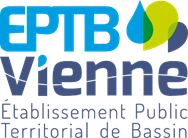 |
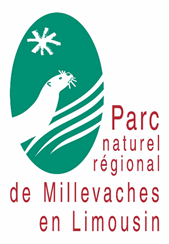 |
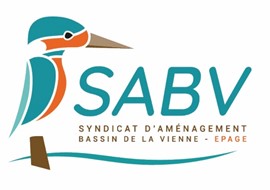 |
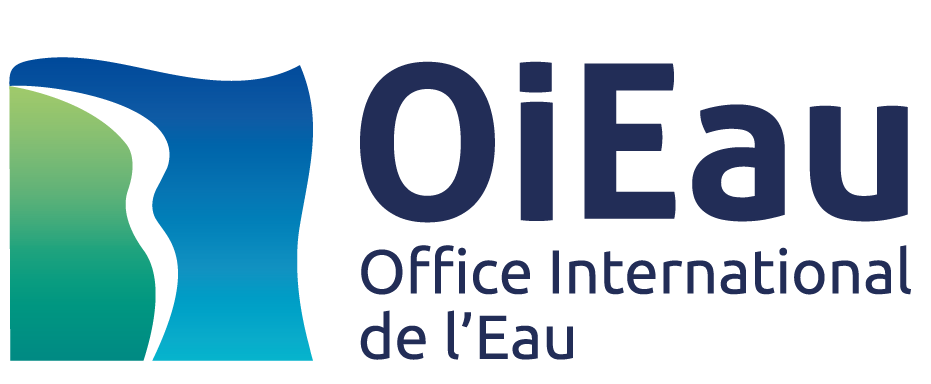 |